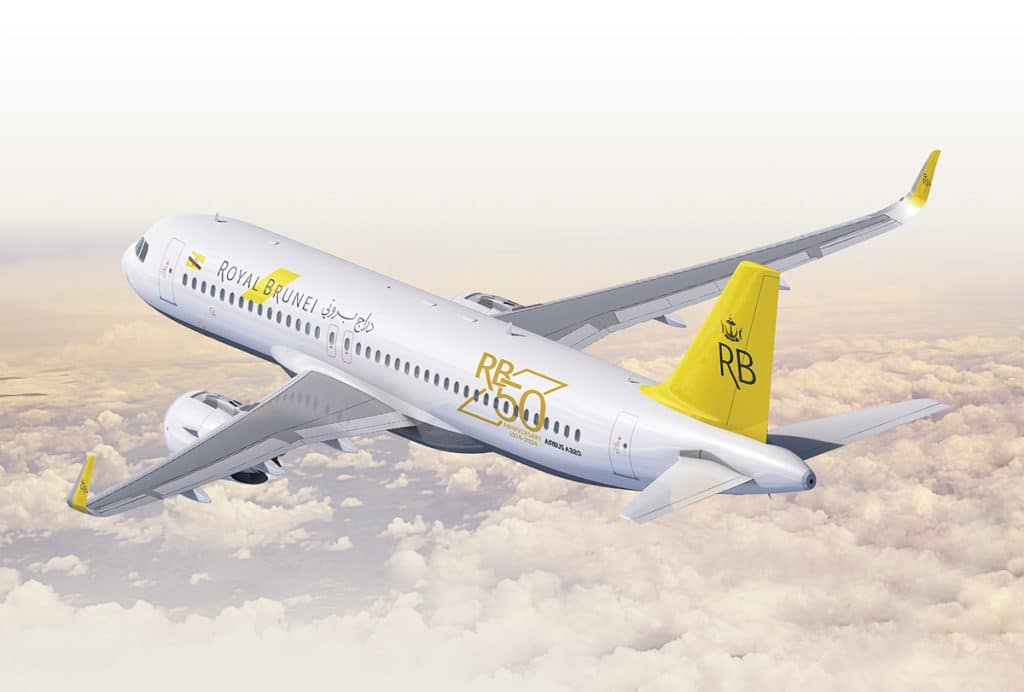Zacharias Pays Back Air Force as Chief Scientist

When Greg L. Zacharias told a Congressional subcommittee in November that the Air Force sought “the right balance of human and machine teaming to meet future operational challenges,” he also was summarizing a large part of the body of his professional work.
Zacharias, named the Air Force Chief Scientist in June 2015, has been marrying humans to machines since his early days as an undergraduate at MIT. That certainly was true of his job with the space shuttle program as a young lieutenant, which inspired his masters’ thesis: “Digital Autopilot for the Space Shuttle Vehicle.” Much of his studies and writings about human behavior were to a large degree focused on trying to teach machines to act autonomously, without the need for constant human oversight.
“(Becoming the service’s 35th chief scientist) was an offer I couldn’t refuse and an opportunity to try and return something to the Air Force for all the opportunities it’s given me since I was a second lieutenant assigned to Johnson Space Center back in the ’70s,” Zacharias said in a news release announcing the assignment.
Since taking over the job from Mica Endsley, he also has taken over the task of continuing the service’s support of “America’s Air Force: A Call to the Future,” a paper published by the Air Force in 2014 that lays out its strategic vision for the next 30 years. Much of that vision involves “development of sensors and data gathering technology for a system to better understand the operational environment and mission goals,” Zacharias told the House Armed Services Subcommittee on Emerging Threats and Capabilities on November 18.
“Boiled down to its essentials, the Air Force’s autonomy science and technology vision is: intelligent machines seamlessly integrated with humans, maximizing mission performance in complex and contested environments.”
As part of that vision, Zacharias told Defense News in a February interview that he was working on game-changing technologies that included remotely piloted aircraft (RPAs) and autonomy.
The relationship between autonomy and RPAs is that between enabler and application, he added.
“For instance,” he said, “now we manually look at full-motion video streams, looking for bad guys, and certainly that could be done with machine vision systems that are evolving. The idea is just having machines look at the big data problem.”
The job of chief scientist is just the most recent link in a Zacharias-Air Force chain that stretches back to the job at Houston’s Johnson Space Center. He also served on the Air Force Scientific Advisory Board while president and senior principal scientist at Charles River Analytics Inc. in Cambridge, Massachusetts.
Zacharias co-founded Charles River Analytics and for more than 30 years led much of its work in command and control software for the military. He was deeply involved in using autonomy with RPAs, work that had, at its core, Zacharias’ studies in behavioral science. Charles River developed tests and training techniques for the military to determine human behavior’s influence on actions and decision making.
Replicating that human behavior in a machine would be long step toward increased autonomy in RPAs.
Zacharias’ testimony in November indicated the value he places on communications as part of the development for increased autonomy in RPAs. The office of the chief scientist already had released “System Autonomy in the Air Force, Volume I: Human Autonomy Teaming,” much of which was authored during Endsley’s term. Zacharias told the Congressional committee that two more volumes are coming, including Volume III, which “will address key infrastructure needs for autonomous system development, including cyber security/reliability, communications requirements and network vulnerability,” he said.
It’s a volume that the commercial communications satellite industry eagerly awaits in continuing its role of supporting Air Force RPAs.
His work with the Air Force includes pushing for faster development and acquisition of technology that will accomplish the service’s mission. Zacharias came to his current job from a small company that was used to “getting things done quickly and not having to deal with the bureaucracy,” he told Defense Systems.
“I think there’s going to be some strong movements that help us get that technology out faster and into these programs that really need it. We can’t afford decades of time for weapon system development.”
That is a sentiment many of us agree with wholeheartedly!






















